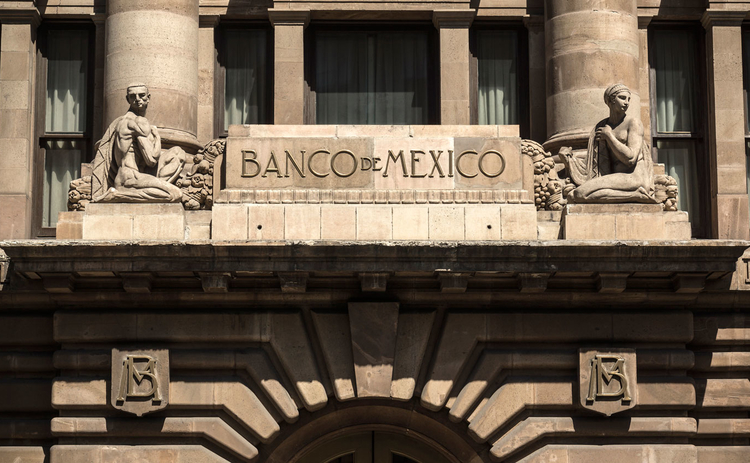The Mexican economy will register a growth rate of 3.2% this year, with which the government of Mexico will correct for the third consecutive year its annual forecast, said the chief economist for Latin America at Barclays, Gabriel Casillas.
“Even if the economy grows by zero percent in the third quarter and 0.4 percent in the fourth, GDP will grow by 2.9 percent this year,” he predicts.
“A wave of revisions in growth forecasts is coming, as several analysts considered in their forecasts that there would be a recession in the United States,” he said in an interview with “El Economista.”
But now that these expectations have moved away from the United States and after seeing the performance achieved by Mexico in the first half of the year, upward corrections have to be made, he said.
Casillas stressed that the economic team of the current government has been “quite accurate” in its forecasts in the last three years, more accurately than the market.
It is true that, at the beginning of the year, the government’s GDP forecast of 3 percent growth was quite optimistic. And even we (at Barclays), who had one of the highest expectations in the market, saw the official estimate as far away. It is clear that an important factor in improving the forecasts for Mexico is the fact that the risk of a recession in the United States has receded, but it is also true that the transmission of the restrictive policy on the economy has been minimal in both Mexico and the United States,” he said.
“When you hit the economy’s performance once or twice, it’s luck.” When you get it right three years in a row, that means you’re doing your predictions correctly,” he noted.
For 2021, the General Economic Policy Criteria (CGPE) contained an estimated growth range between 3.6 and 5.6%, and the final GDP was 5 percent.
A year later, in 2022, the official forecast was between 1.9 and 2.9% in the CGPE and was right again because, according to the Inegi, GDP growth averaged 3% and for this year it was between 1.2 and 3%, with the highest range being the constant reference by the government.
“A catastrophe would have to happen for GDP to be less than 3%,” he said.
While acknowledging the difficulty of making economic forecasts in uncertain times, Casillas explained that there are several factors that have helped the current government be more accurate in its forecasts:


















